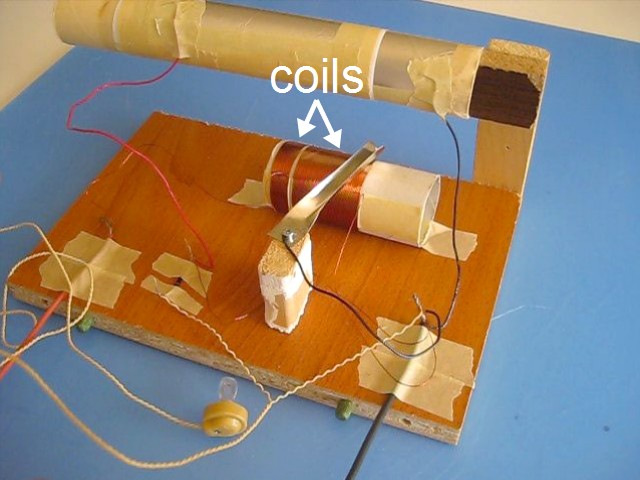
If you are interested regarding SPWM, you may go through these: When SPWM (sinusoidal pulse width modulation) is carried out, you will receive an output of 220V. So, I took 310V since the DC bus voltage will be the peak voltage. So, to obtain a sine wave with RMS 220V, the peak must be 220V * sqrt(2) = 311V. Frequencies between 20kHz and 100kHz are usually used, with 30kHz, 50kHz, 75kHz and 100kHz being common frequencies.Ģ) I assumed 220V instead of 230V. I'm glad that my tutorial has helped you.ġ) 50kHz is enough for use with ferrite transformer. So, you set Npri = 3 and calculated Bmax and decided it was okay. Have started with Npri = 4 and calculated Bmax and decided that it was too low. May have set Npri = 2 and calculated Bmax and decided that this was too high. If not, you can then increase orĭecrease N pri as required and then check if B max is okay,Īnd repeat this process until you get a satisfactory result. You can also assign a value of N priĪnd then check if B max is okay. I’ve started off with a set B max and gone.Will just be under utilizing the core, but may sometimes be required if number With many cores, you can go higher to decrease the number of turns. However, decreasing number of turns increases B max, so

Increasing number of turns won’t hurt – you’ll just be under utilizing
#Ferrite core inductor coil calculator download
You can download itĬross-sectional area (in the specification sheet, it’s referred to as A eīut as I’ve said, it’s the same thing as A c) is given as 125mm 2. A c is also sometimes referred to as A e.įor ETD39, the effective cross-sectional area given in theĭatasheet/specification sheet (I’m referring to TDK E141. You will get this information from the datasheets of theįerrite cores. Too low a B max will be under utilizing the core. Remember that too high a B max will cause the transformer to This will be acceptable for most transformerĬores. B max really depends on theĭesign and the transformer cores being used. If you’re used to using Tesla or milliTesla (T or mT) for flux density, just Our switching frequency is 50kHz, f = 50000.

f – The operating switching frequency in Hertz.This reduces the effective permeability from over 1000 to around 137 (see also the calculator of effective permeability).įor smaller gaps the influence of the core is increased and the tolerance could be as wide as ☒5%. In the example above 150 μm is a relatively large value for the magnetic path of the core, which is 19 mm. The tight tolerance of ☓% is possible to attain for proportionally larger gaps.

For the core ER14.5-3-7 this is synonymous with an air gap of 150 μm. Therefore, if the manufacturer provides the A L this simplifies the calculations.Ī typical notation A L=160 nH ☓% means that the core is gapped with such an air gap that A L = 160 nH (per square turn). And by comparing the equations it can be seen that the value $x = A_L$ and it is a constant for a given magnetic core of fixed parameters, as long as the effective magnetic permeability is not affected (e.g.


 0 kommentar(er)
0 kommentar(er)
